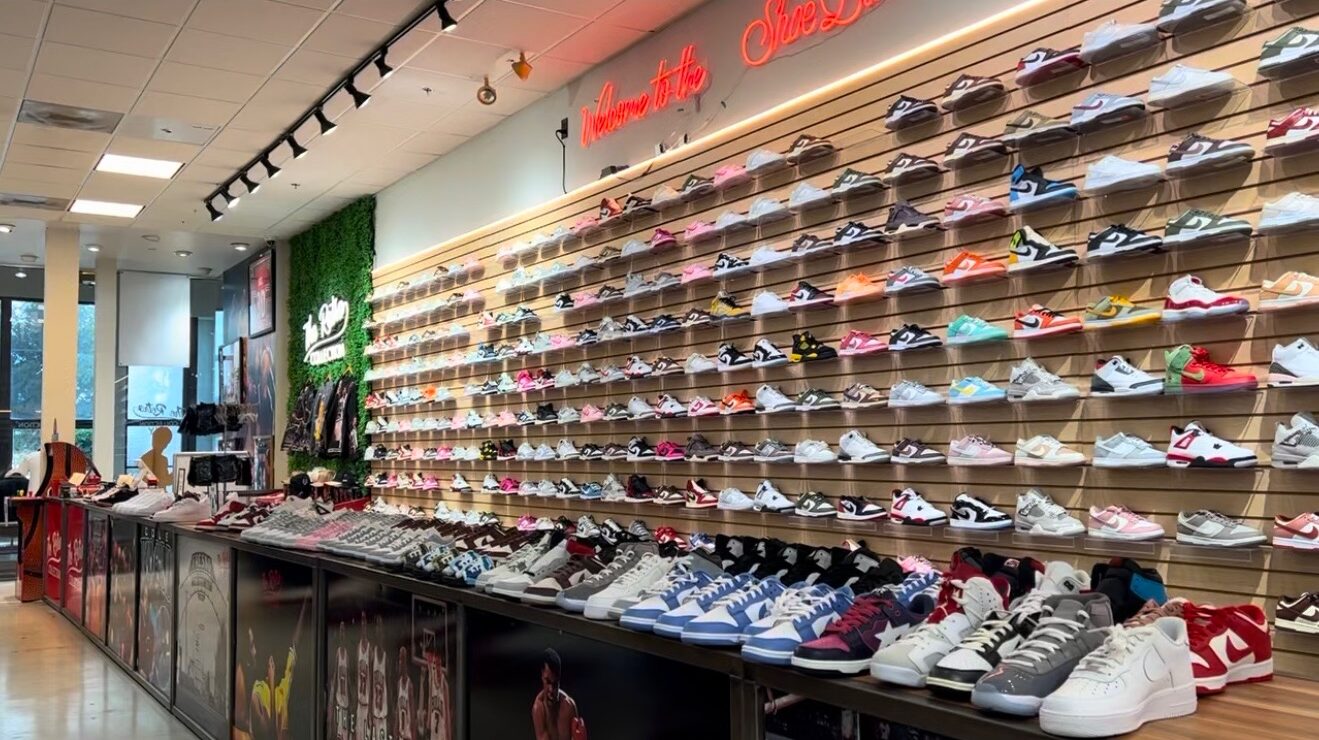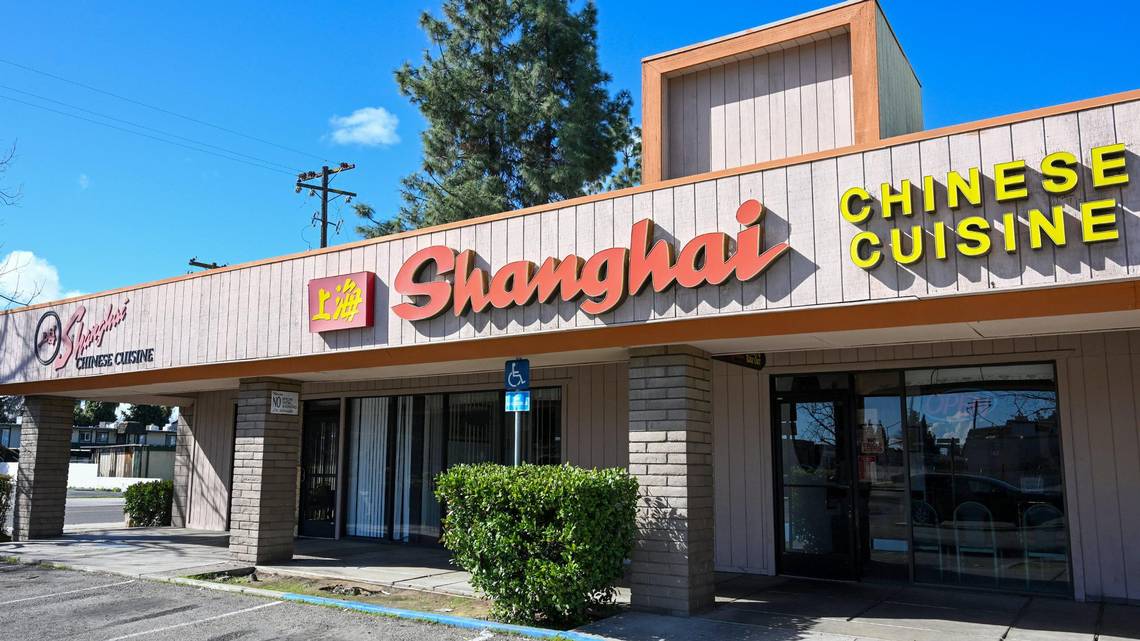I asked Maria Valdez what she likes to write about. “Well, I write poetry. And I write about the system. The CPS (Child Protective) system. Because I’ve been in and out of it a lot,” she said. “And I write about my mom. Because she passed away when I was two years old.”
“I tend to want more than I have,” she said. “But I think taking pictures I’ve learned that what I have is enough, you know? When I go around and take pictures, it’s like, ‘Look at everything that I live on and everything that I have!’”
That statement startled me—how true it is! Sometimes, looking is having—that’s why we love pictures so much, because they give us experiences, relationships and objects. They help our imaginations stretch farther.
“There are some things that you can’t change with photography,” she told me. “But what you can change is the littering, the trash…everything that you can see. Like graffiti.”
I asked Marcus Vega what impact he sees photography as having on the group of students as a whole. “It’s grabbing everybody,” he told me.
“Like when I come here, I get to escape from my daily life,” Marcus said. “It just cancels out everything. It’s like a whole new environment.
[pullquote_right] Sometimes, looking is having—that’s why we love pictures so much, because they give us experiences, relationships and objects. They help our imaginations stretch farther.”[/pullquote_right]“With photography, it adds on to the tools that I’m equipped with to tell my story and what it is that I see around me. It’s another outlet.”
One of the questions I had for the students was how they thought the program impacts their community as a whole. Each of them told me that the kNOw’s program helps people learn more about what’s happening all around them.
Marcus said, “With the kNOw, basically, what we’re doing is we’re informing the community about what’s going on. Because everyone’s off doing their own thing. And it’s good to see someone else’s side of it. It offers a whole different perspective, a whole different view. Like what people usually ignore–it gives them a chance to sit back and really see it.”
This kind of work also builds relationships. Miguel Martinez described how people will come up to him and say, “You write for the kNOw?!” or “I saw your article!” In a way, it gives people permission to talk to each other, and to talk to each other about difficult and meaningful issues.
Jaleesa Vickers has written some incredibly challenging pieces about her experiences, including essays on self-harm, racism, depression and bisexuality. When I asked her about what kind of reaction she’s gotten to her work, she said, “For the articles that I’ve been writing, because they’ve been so personal, usually it’s been shock. But I kind of like that reaction from people, because it gets them to think.”
She approaches photography with the same mentality. “Just like writing, I like to get people to think. To think about what I’m taking pictures of—usually, my community: what it needs, what has happened to it.”
And the benefit? “I think what we’re doing just gives other people a greater sense of community,” said Jaleesa. “Because they’re so wrapped up in their own lives, what we do helps them know what’s going on around them, if they don’t have the time to see that. I think that’s the major benefit from doing all this.”
There are great images in the world. There are pictures that move you to tears, or to joy, or that seem to lift you up. But community-based-photography recognizes that there is another beautiful aspect to photography—that the process of making pictures builds relationships and makes people happier. You don’t have to be a famous photographer for your pictures to be powerful. And whether it’s used in communities that are strong or communities that are struggling, photography is a remarkable tool for bringing people together.
Says Miguel Martinez, “It’s just a real interesting, fun thing, taking pictures. I really cannot put it into words. When you get one good shot, you’re like, ‘Wow, I’m going to keep going.’”
In case you missed it last week, here is a slideshow of a few of the kNOw’s photos for 2010.
Thank you Jaleesa Vickers, Marcus Vega, Maria Valdez and Miguel Martinez for talking with me!


